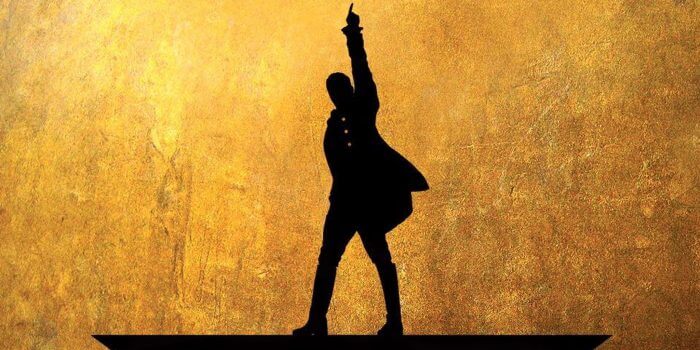Lin Manuel Miranda’s “Hamilton” is a cultural phenomena that needs no introductions. It has won basically every theater award in both Broadway and West End. And with good reason. I have never felt as intense and alive as when I was sitting in the 3rd row of the Victoria Palace Theatre, listening to Jamael Westman sing “I am not throwing away my shot”.
But this is not a theater review. Hamilton doesn’t need another 5-star rating anyway. The question I ask, is why are so many people able to connect with the character of an ambitious 18th century politician? And what can modern leaders and politicians learn from that story?

Hamilton and the impossible dream.
The character of Hamilton is an ideal subject for a business themed blog because he does goal setting completely wrong. By the way, so did Burr and the other main characters in the story (with an exception of George Washington).
Hamilton’s goal is to achieve a better standard of living by gaining power and wealth. How? He doesn’t care. He knows he is more capable than other people and he is “not throwing away his shot”.
My hypothesis is that Hamilton resonates with the ambition most people have inside them. His need to be the best, to work himself up, is easily understandable to most people.
However, his goals have no clarity. They are just as vague as his counterpart’s, the scheming politician Aaron Burr, promises to electorate. Hamilton had no practical way to measure how far away he was from his goals or to see if he was actually working on the right tasks. We can forgive him, of course, because it all worked out well in the end. And it was 2 centuries before any modern goal setting methodologies were introduced. I would like to say, you can not get away with this attitude today, but looking at politics, I know better.
How to succeed in business without really trying.
We are smarter. And while Hamilton can and should inspire you to work toward your goals, you can not have an plan based on blind ambition.
When you are setting goals you should start by setting a clear measurable Objective that you are working towards. This Objective is not a goal, it is dream. It’s something you can sing with your friends about in a bar after midnight.
Reviewing the situation.
To turn these Objectives into goals, you must make them practical, measurable, and most importantly, actionable. As, I mentioned, it is George Washington who does that in Hamilton.
He has a war to win and his actions are motivated by this single goal in mind. This is best shown in the show by Washington when Hamilton is called back to service for the battle of Yorktown. Washington’s personal wish to keep Hamilton safe is gone the moment when Hamilton is needed to fulfill the greater goal: America’s independence. .
You’ll see.
Hamilton’s life would have been easier if he had taken a break and evaluated his plans. The framework I use for setting goals is called SMART. Implementing it to the goal “win independence” is easy.
SMART is an acronym for:
- Specific – A specific goal to gain independence that gives it a binary success criteria. With this goal you can’t call it a success until, you win. You can not be 20% free. However, if your goal is to raise above your station in life, you can say you’ve achieved it at any point, or never feel accomplished at all.
- Measurable – How far are we from England surrendering? This goes with the last point.
- Achievable – Generally, one shouldn’t set goals that are not achievable, but this part is often neglected when fighting revolutions.
- Relevant – The goals you set must be important for your cause. So no questions here.
- Time-bound – Your goals can not be something you can postpone. If you declare a war, you should not be able to say “I’ll fight it next year”. If you’re trying to get your plan through congress, you shouldn’t be able to postpone it to have an affair.
The room where it happens.
These metaphors are not perfect. There is no real correlation between a character in a musical and setting business goals. Mr. Miranda intended Hamilton to be a story about building a nation. But this is the magic of theater. Every person who goes to theater, comes out with a unique experience, with a message they have received and interpreted in their own way.
Hamilton makes you think about unachievable, crazy goals. For me it is to write my way out. For some other it will be independence or drawing history’s eyes on themselves. As long as you remember that Objectives are not fulfilled by dreaming about getting into the room where it happens, but by completing tasks and asking: “what’s next?”
Ready to do team goals in SMART way? Try Team Compass, the leading SMART goals software since 2011.
